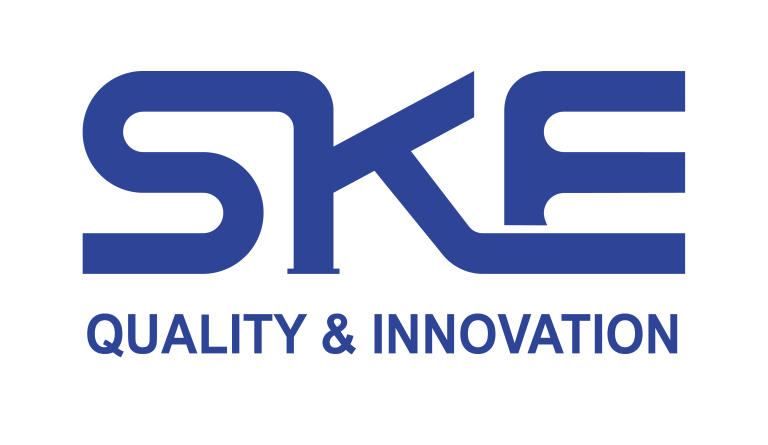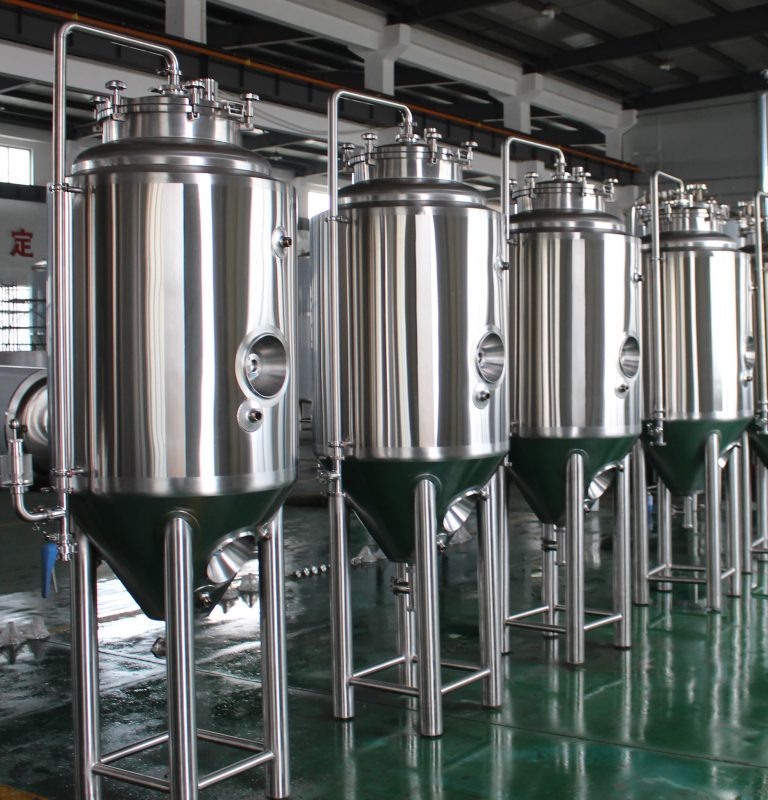Introduction

Yeast, a single-celled microorganism, plays a pivotal role in numerous industrial processes, most notably in the production of bread, beer, wine, and various fermented foods. The quality, viability, and specific characteristics of the yeast used directly impact the final product’s flavor, texture, aroma, and overall quality. For consistent and optimal results, a robust yeast propagation system is essential. This system provides a controlled environment where yeast can be cultivated and multiplied, ensuring a steady supply of healthy and active yeast for your production needs. This comprehensive guide delves into the intricacies of yeast propagation systems, exploring their various aspects, from the fundamental principles to the advanced technologies employed.
What is a Yeast Propagation System?
A yeast propagation system is more than just a vessel for growing yeast. It’s a carefully designed and managed environment that encompasses a series of interconnected steps, specialized equipment, and precise control mechanisms. The primary goal of a yeast propagation system is to cultivate and multiply yeast cells under optimal conditions, maximizing their growth rate, maintaining their purity, and preserving their desired characteristics. This system ensures a consistent and reliable supply of high-quality yeast, which is crucial for achieving consistent product quality and production efficiency.
Understanding the Yeast Propagation Process
The Stages of Yeast Propagation
The yeast propagation system typically follows a structured process, often involving several distinct stages:
- Starter Culture Preparation: This initial stage involves reviving a small, dormant culture of yeast. The yeast is introduced into a small volume of sterile, nutrient-rich liquid medium, often referred to as a “starter.” This starter culture provides the foundation for the larger propagation process.
- Propagation (or Fermentation): The heart of the yeast propagation system lies in the propagation stage. Here, the starter culture is transferred to a larger vessel containing a carefully formulated growth medium. This medium provides the essential nutrients—sugars, amino acids, vitamins, and minerals—required for yeast growth and multiplication. The propagation stage is carefully monitored and controlled to maintain optimal conditions for yeast activity.
- Harvesting and Concentration: Once the yeast has reached the desired concentration, it’s time for harvesting. This involves separating the yeast cells from the spent growth medium. Various techniques can be employed for harvesting, including centrifugation, filtration, or sedimentation. The harvested yeast is often concentrated to increase its cell density.
- Storage and Preservation: The final stage involves storing the harvested yeast under specific conditions to maintain its viability and prevent deterioration. Storage methods can include refrigeration, freezing, or drying, depending on the type of yeast and the intended application.
Factors Affecting Yeast Propagation
Several critical factors influence the success and efficiency of a yeast propagation system:
- Nutrient Supply: The growth medium must provide all the essential nutrients in the correct proportions. Different yeast strains have different nutritional requirements, so the medium must be tailored accordingly. The availability of sugars, nitrogen sources, and micronutrients is crucial for yeast growth and metabolism.
- Temperature Control: Yeast activity is highly temperature-dependent. Optimal temperature ranges vary depending on the yeast strain, but generally, temperatures between 25°C and 30°C are favorable for many common yeast species. Precise temperature control is essential to maximize growth rate and prevent the formation of undesirable byproducts.
- Oxygen Availability: While some yeast strains can grow anaerobically, most commercially important yeast strains are aerobic, meaning they require oxygen for respiration and optimal growth. Adequate oxygen supply is essential for efficient yeast metabolism and the production of desired flavor compounds. In yeast propagation systems, oxygen is often supplied through aeration or agitation.
- pH Levels: The pH of the growth medium plays a critical role in yeast health and activity. Yeast generally prefers slightly acidic conditions, typically in the pH range of 4.0 to 6.0. Maintaining the correct pH is important for preventing the growth of unwanted microorganisms and ensuring optimal yeast performance.
- Hygiene and Sanitation: Maintaining aseptic conditions is paramount in a yeast propagation system. Contamination with unwanted bacteria or wild yeasts can negatively impact the quality and performance of the propagated yeast. Strict hygiene protocols, including sterilization of equipment and media, are essential to prevent contamination and maintain the purity of the yeast culture.
Types of Yeast Propagation Systems
Traditional vs. Modern Systems
Traditional yeast propagation systems often rely on open tanks or vessels and manual processes. These systems can be labor-intensive and may offer less precise control over the propagation process. Modern yeast propagation systems, on the other hand, employ closed vessels, automated controls, and advanced technologies. These systems offer greater precision, efficiency, and scalability, allowing for optimized yeast growth and consistent product quality.
Choosing the Right System
The choice of a yeast propagation system depends on various factors, including the scale of production, budget constraints, desired level of automation, and specific requirements of the yeast strain being propagated. Small-scale operations may opt for simpler, traditional systems, while large-scale industrial processes often necessitate more sophisticated, automated systems.
Equipment Used in Yeast Propagation Systems
Essential Components
A typical yeast propagation system comprises several essential components:
- Culture Vessels (Fermenters): These are the tanks or containers where the yeast is grown and multiplied. They come in various sizes and designs, depending on the scale of the operation.
- Mixing Equipment (Agitators): Mixing is essential to ensure uniform distribution of nutrients, oxygen, and temperature within the culture vessel. Agitators or stirrers are used to provide adequate mixing.
- Temperature Control Units: These units are responsible for maintaining the optimal temperature for yeast growth. They typically consist of heating and cooling systems, along with temperature sensors and controllers.
- Aeration Systems: Aeration systems are used to supply oxygen to the yeast culture. This can be achieved through various methods, such as sparging with air or oxygen, or using surface aeration techniques.
- Filtration and Separation Equipment: This equipment is used to harvest the yeast cells from the spent growth medium. Centrifuges, filters, or other separation devices are employed for this purpose.
Advanced Technologies
Modern yeast propagation systems often incorporate advanced technologies to enhance efficiency and control:
- Automated Control Systems: These systems provide precise monitoring and control of various parameters, such as temperature, pH, oxygen levels, and cell density. Automated control systems allow for optimized yeast growth and minimize the need for manual intervention.
- Sensors and Probes: A variety of sensors and probes are used to measure and monitor the conditions within the culture vessel. These sensors can measure temperature, pH, dissolved oxygen, cell density, and other critical parameters.
- Sterilization Equipment: Sterilization equipment, such as autoclaves or filtration systems, is essential to maintain aseptic conditions and prevent contamination of the yeast culture.
Maintaining Your Yeast Propagation System
Cleaning and Sanitation
Regular cleaning and sanitation are crucial for maintaining the health and purity of the yeast culture. Cleaning procedures should be performed regularly, ideally after each propagation cycle, to remove any residual growth medium or contaminants. Sanitizing agents are used to eliminate any remaining microorganisms.
Monitoring and Testing
Regular monitoring of the yeast culture is essential to ensure its quality and viability. This includes monitoring cell density, cell viability, and the presence of any contaminants. Microscopic examination, plate counts, and other analytical methods can be used for this purpose.
Troubleshooting Common Issues
Despite careful management, various issues can arise in a yeast propagation system. These can include contamination, poor yeast growth, or loss of viability. Troubleshooting these issues requires a thorough understanding of the propagation process and the factors that influence yeast growth.
Benefits of a Well-Designed Yeast Propagation System
Consistent Yeast Quality
A well-designed yeast propagation system ensures a consistent supply of healthy, active yeast, leading to consistent product quality. By controlling the propagation environment and maintaining optimal conditions, you can produce yeast with the desired characteristics, resulting in predictable and reliable fermentation performance.
Cost Efficiency
An optimized yeast propagation system can significantly improve cost efficiency. By maximizing yeast growth and minimizing losses, you can reduce the amount of yeast required for production, leading to cost savings. Efficient systems also minimize energy consumption and reduce waste.
Scalability
A well-designed yeast propagation system can be scaled up to meet increasing production demands. As your business grows, you can expand your propagation capacity by adding more culture vessels or increasing the size of your existing vessels.
Yeast Propagation System in Different Industries

Baking Industry
In the baking industry, a reliable yeast propagation system is essential for producing consistent leavening power and ensuring uniform product quality. The quality of the yeast directly affects the rise, texture, and flavor of baked goods.
Brewing Industry
In the brewing industry, yeast propagation is critical for producing consistent beer flavor profiles. Different yeast strains contribute unique flavors and aromas to beer, and maintaining the purity and viability of these strains is crucial for brewing consistent and high-quality beer.
Other Industries
Beyond baking and brewing, yeast propagation systems play a crucial role in various other industries. In winemaking, specific yeast strains are used to ferment grape juice into wine, contributing to the wine’s unique flavor and aroma profile. The biofuel industry utilizes yeast to ferment sugars into ethanol, a renewable fuel source. Furthermore, yeast propagation is employed in the production of various food products, pharmaceuticals, and other biotechnological applications.
Conclusion
A well-functioning yeast propagation system is the cornerstone of any industry that relies on the power of yeast. Whether you’re a baker, brewer, winemaker, or involved in any other yeast-dependent process, optimizing your yeast propagation system is essential for achieving consistent product quality, improving efficiency, and maximizing profitability. By understanding the fundamental principles of yeast propagation, selecting the right equipment, and implementing proper maintenance practices, you can ensure a steady supply of healthy, active yeast, leading to superior products and a thriving business. Investing in a robust and well-managed yeast propagation system is an investment in the future of your production.
FAQ
How often should I clean my system?
Regular cleaning is crucial, ideally after each propagation cycle. This prevents the buildup of residual growth medium, which can harbor unwanted microorganisms and affect the performance of subsequent yeast propagations. Thorough cleaning also minimizes the risk of cross-contamination between different yeast strains or batches.
What are the signs of yeast contamination?
Cloudiness, off-odors, or unusual growth in the culture may indicate contamination. Healthy yeast cultures typically have a characteristic, slightly sweet aroma and a uniform, milky appearance. If you observe any changes in the culture’s appearance, smell, or growth pattern, it’s essential to investigate further to determine the cause and take appropriate action. Microscopic examination can be a valuable tool for identifying contaminating microorganisms.
How do I store harvested yeast?
Yeast is typically stored in refrigerated conditions to slow down its metabolism and preserve its viability. Refrigeration temperatures, generally between 2°C and 5°C (35°F and 41°F), significantly reduce the rate of yeast activity, extending its shelf life. For longer-term storage, freezing or drying may be considered, depending on the specific yeast strain and its intended use. Proper storage is essential for maintaining the quality and performance of the yeast.

